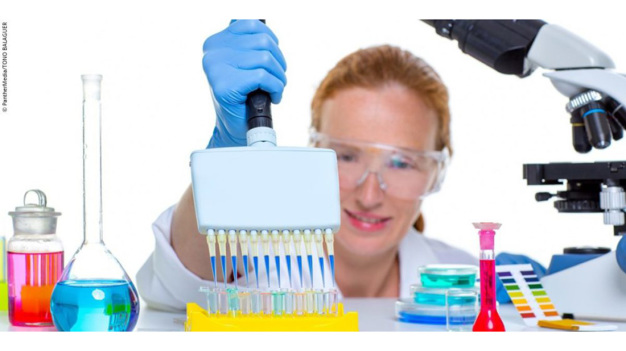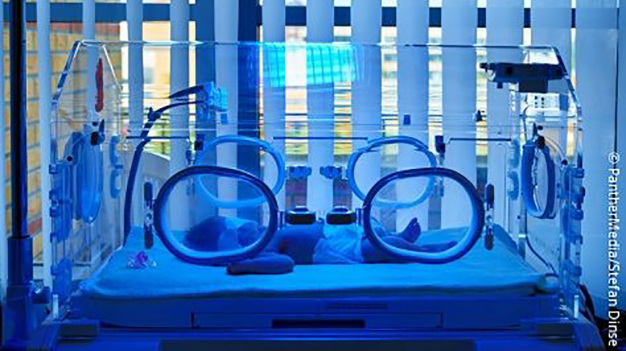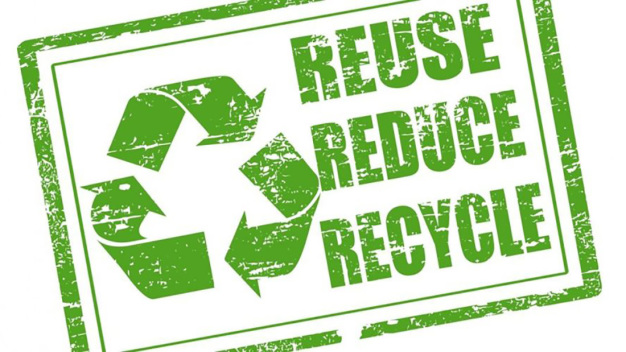Simone Ernst
Sustainable medical technology: between dream and reality
Everybody’s talking about sustainability. A search of the term on Google turned up 1,320,000,000 results within seconds and includes many links to blogs with tips for private households to shop sustainably and environmental organizations with suggestions pertaining to mobility such as car sharing or rail travel. A search for the phrase sustainable medical technology still yields 346,000 results. For quite some time now, the sustainability trend has been a key economic factor.
For years, small and large companies have tried to adopt more environmentally friendly production processes for their technology. That’s because companies in the healthcare/ medical devices industry leave a big ecological footprint. The international non-governmental organization "Health Care Without Harm" (HCWH) states that health care's climate footprint is equivalent to 4.4% of global net emissions. This number includes the manufacturing of medical devices and emissions from hospitals or patient transports.
Product lifetime as well as energy-efficient and water-saving devices for particular fields are also an important consideration. But when is a medical device considered to be "sustainable"? If it was produced with green sources of energy? If it has an especially long lifetime or is made from recycled components? The concept is difficult to define. Unfortunately, there is no separate seal of "sustainable medical technology" (yet) that ultimately defines the applicable requirements and criteria.
Is bioplastics the solution?
What’s more, the term "medical technology" applies to many product categories, ranging from droppers and disposable gloves for laboratory work to CT scanners and displays. Each product group requires a separate set of assessments to determine whether it generates sustainable products. The process seems easier when it comes to plastic tubing versus CT scanners for example. Some manufacturers like Starlab – a company that supplies laboratory consumables and equipment - already analyze their products accordingly. So-called “green officers” ensure compliance with sustainability criteria. Starlab develops and manufactures pipettes for example. They are made of plastic and are only used a handful of times before they are discarded. How can you make them more sustainable? The answer lies in the manufacturing process. Starlab has succeeded in using less polypropylene (PP) in the injection molding process by making the pipette tip thinner. This doesn’t lower the quality, but it significantly reduces the use of PP.
Another approach aims to make plastic from non-petroleum-based material such as PLA (polylactic acid) derived from corn starch, which is approved for medical devices and used for 3D printing. The benefit here is that it can be composted in industrial facilities and does not have to be burned. It is suitable to make orthotics and could ultimately replace the traditional plaster-based cast used for broken bones. DI Johannes Rudloff, Deputy Head of Materials Development, Compounding & Extrusion at the SKZ German Plastics Center sees many potential uses and applications of bioplastics: "PLA can essentially be used in medical devices since many of its properties do not differ from petroleum-based plastics." He points out that whether or not the material is suitable for an application must be determined on a case-by-case basis.
Sorting waste is not just a job for housewives and househusbands
There are many ways and options to be more sustainable when it comes to the disposal of medical waste. Hospitals, in particular, produce tons of waste that is far too valuable to burn. For example, it’s possible to recover precious metals from cardiac catheters. All that’s required is to collect the used material in special containers, which are subsequently picked up by disposal companies. It’s a simple yet effective method of recycling. The COMPAMED exhibitor Remondis-Medison has more information about this technique. Another great option is to collect and sort packaging. Several manufacturers already offer their customers a packaging takeback program for subsequent recycling or reuse.
These different approaches show that sustainability is possible if companies are genuinely willing to "walk the talk". According to Rudloff, “All stakeholders are vested and prepared to become more sustainable. However, mounting cost pressures on companies still stand in the way of sustainability. This applies to both high-quality recyclates and bioplastics since they are generally more expensive than standard plastics at the present time. To be more sustainable, the quantities of used material must see an overall increase to reduce costs. Increased government funding for research and development projects – in particular those pertaining to applied research - can contribute significantly to sustainable endeavors.” It remains to be seen whether more funding will be forthcoming in the future. In the meantime, "sustainability" will continue to be important and shape the medical technology industry.
The three R’s of sustainability
At one point or another we've all heard about the "three R's" of sustainability: reduce, reuse and recycle. Unfortunately, medical technology isn’t always able to implement all three practices. Many medical consumables are simply not recyclable. As the name suggests, disposable gloves are designed to be used only once. However, it may be worth considering whether it’s possible to implement at least one or two of the "three R’s". Looking at the product life cycle of an item, one can typically tweak some aspects to create a more positive impact: Could renewable energy sources in manufacturing reduce carbon emissions? Or is it possible to manage and reduce post-consumer waste by rethinking design? Maybe it’s possible to consolidate deliveries if the packaging design is slightly changed? At any rate, it always pays to rethink your approach!
Messe Düsseldorf GmbH
40001 Düsseldorf
Germany











